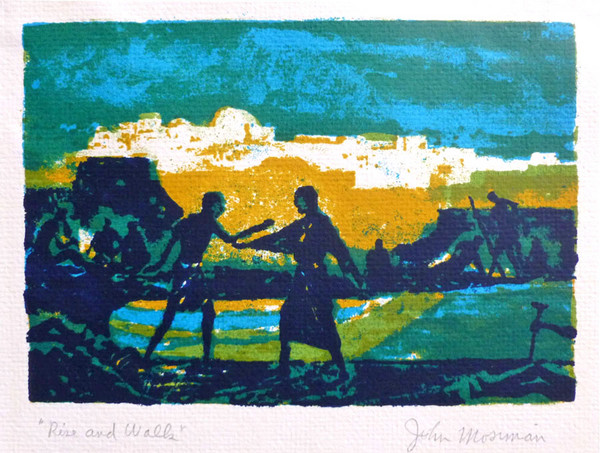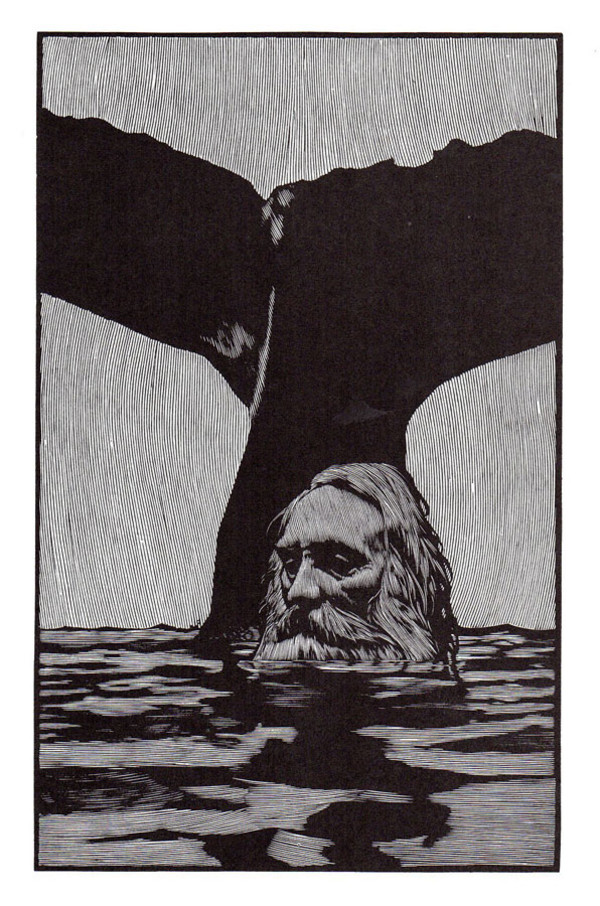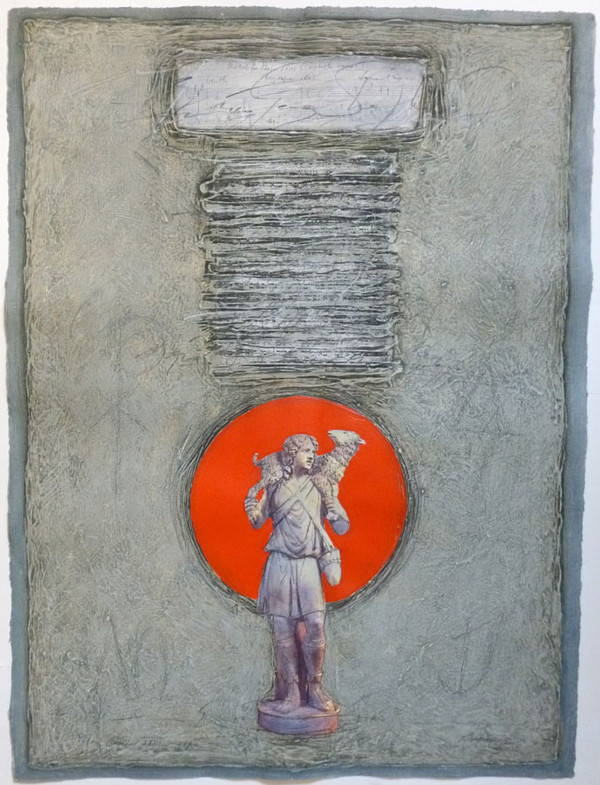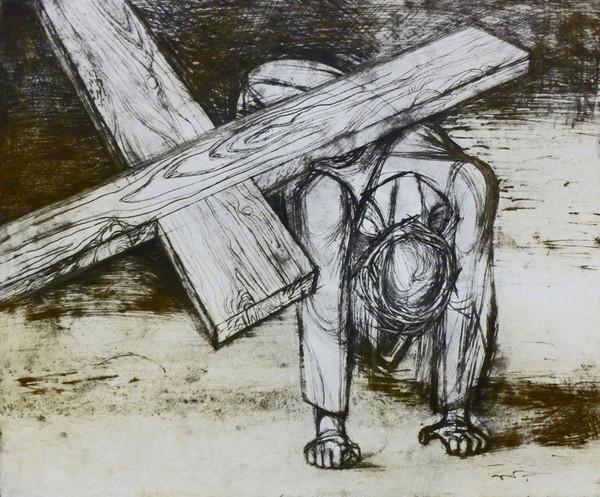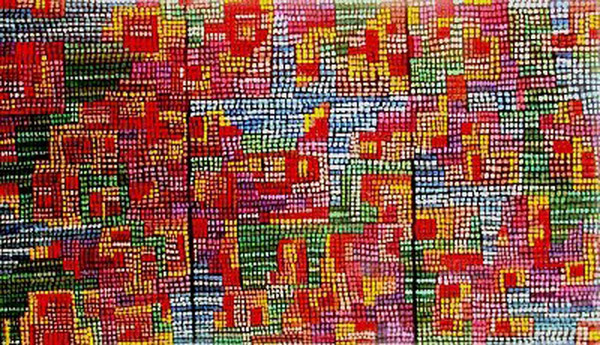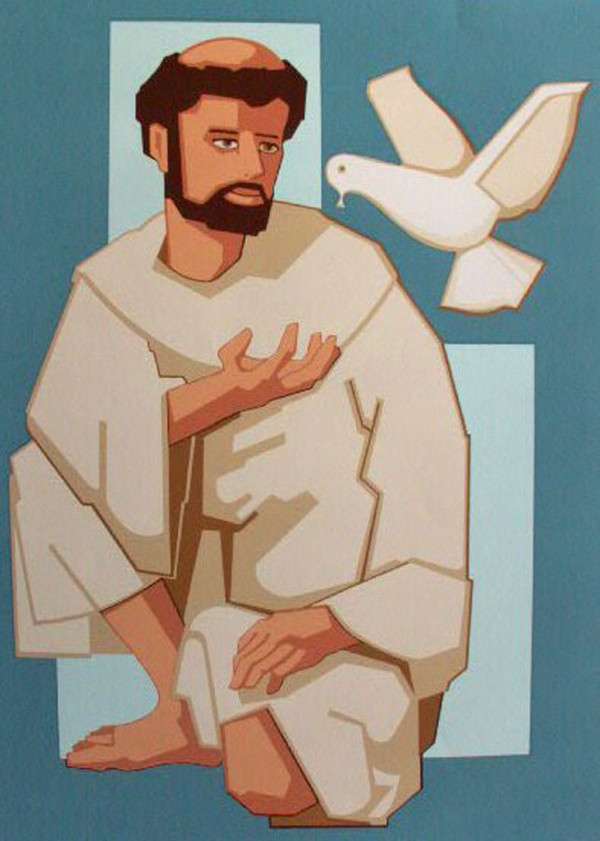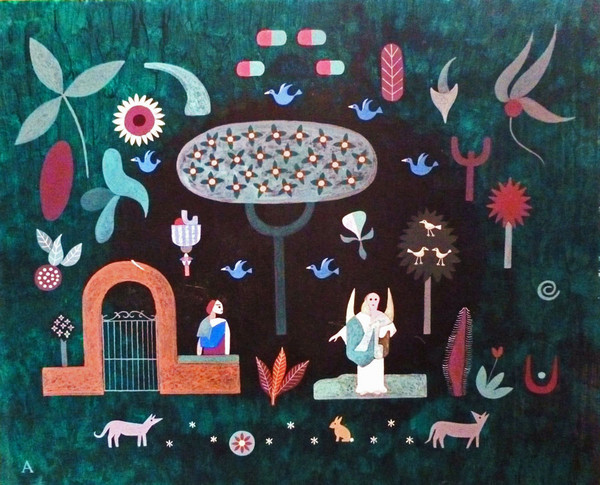The following is re-published with permission from my column in Catechist magazine: "Lessons for the Sunday Gospels." For subscription information, visit Catechist.com.
September 25, 2016
26th Sunday in Ordinary Time
Gospel Reading: Luke 16:19-31
Our last Gospel reading for the month continues the trend of unique parables from Luke. We also have a continuation of the themes of repentance and the dangers of wealth.
A first thing to notice is that Jesus is once again speaking to the Pharisees. We may be tempted to vilify the Pharisees and see them as the archenemies of Jesus who are nothing like us. But the great error of the Pharisees is the error of us all—an inability to think outside the box of our own minds and an unwillingness to hold ourselves to the same standards to which we hold everyone else. The parables of Jesus urge his audience—including and especially the Pharisees—to reassess themselves in light of his challenging message. When we read and study the Gospels, we must understand that we are not only the disciples of Jesus; we are also the Pharisees.
It is hard to imagine a man who would daily walk past a starving man covered in sores on his doorstep. Once again the master storyteller has provided us with a strong and unforgettable image to convey his equally strong and unforgettable message. The rich man was likely not guilty of evil and hatred toward Lazarus. Instead, he was guilty of the insidious condition of desensitization. Lazarus was like a fixture outside the doors of his home; the rich man had stopped seeing him, even though he was there. He went on about his comfortable life with no regard for the suffering on his own doorstep.
This is a message we contemporary Christians can relate to. There is so much suffering in the world that we feel helpless to improve. But if we give up, if we give in to our own comforts and stop seeing the suffering, we fall short. Indeed, Jesus calls us to repent—change our minds, change our ways, do an “about face.” Once again, Jesus calls us to look at life with new clarity, to see the suffering even on our own doorsteps, to stop and take care of the Lazarus that we encounter.
The consequences of desensitization and inaction are extreme, not only in terms of judgment and eternity, but in terms of our failure to develop into the compassionate human beings God created us and Jesus calls us to be. The words of Pope Francis come to mind:
"Sometimes we are tempted to be that kind of Christian who keeps the Lord’s wounds at arm’s length. Yet Jesus wants us to touch human misery, to touch the suffering flesh of others. He hopes that we will stop looking for those personal or communal niches which shelter us from the maelstrom of human misfortune and instead enter into the reality of other people’s lives and know the power of tenderness. Whenever we do so, our lives become wonderfully complicated and we experience intensely what it is to be a people, to be part of a people" (Evangelii Gaudium, 270).
ASK YOURSELF: What human suffering in my life has become so familiar that I tend to ignore it? How can I deliberately take time to stop, touch, and serve the Lazarus on my own doorstep?
ASK YOUR STUDENTS: Why do you think Jesus made a point to tell us that the man who ignored Lazarus was rich? Is it bad to have money and material things? What is “dangerous” about having these things?
PRAY: Jesus, your teachings call me to a new way of seeing the familiar world around me. Please give me clarity and energy to see and serve those who suffer.
LIVE THE GOSPEL: Pick someone you have accidentally or intentionally ignored recently. Reconnect with them this week.

